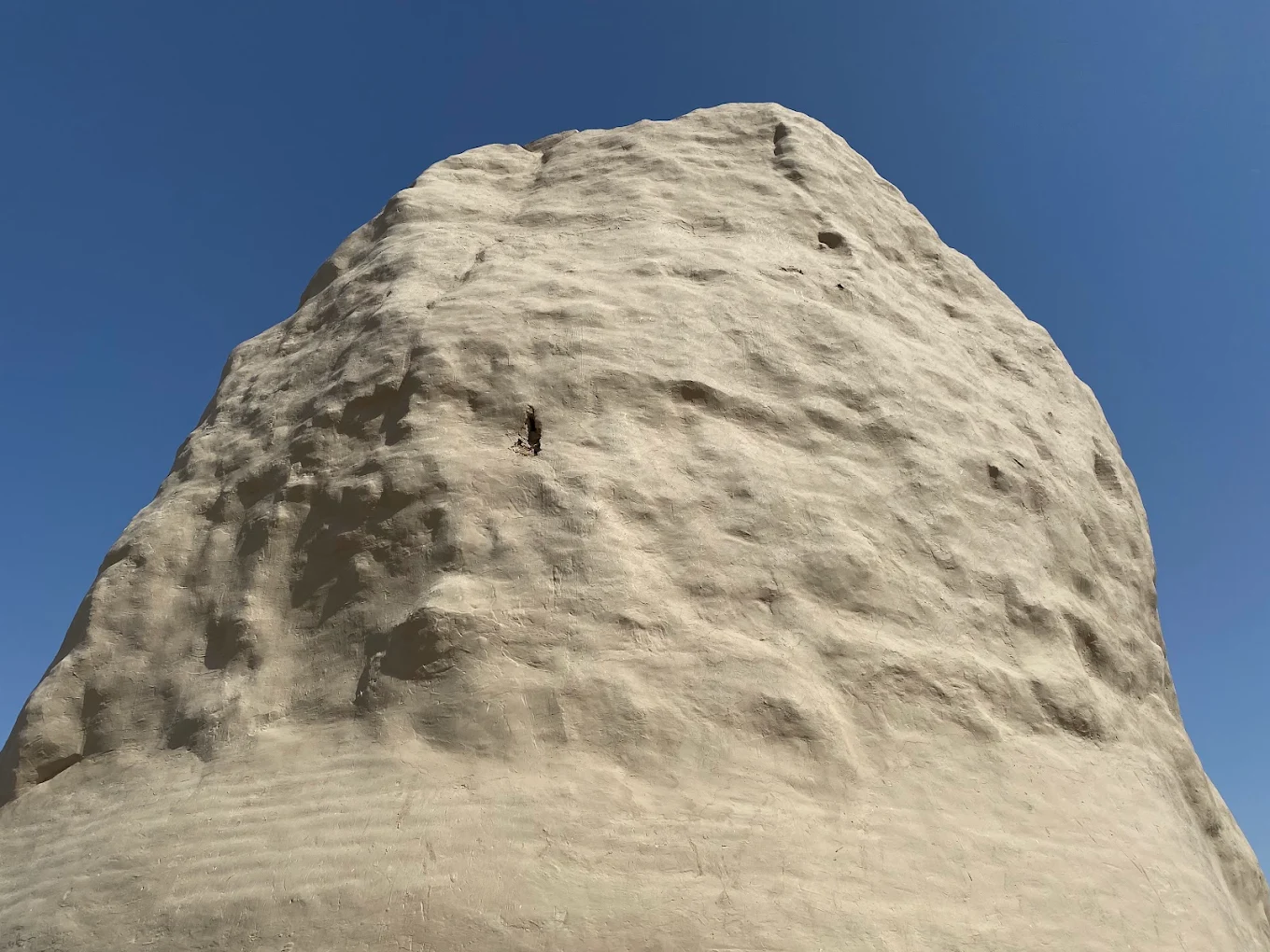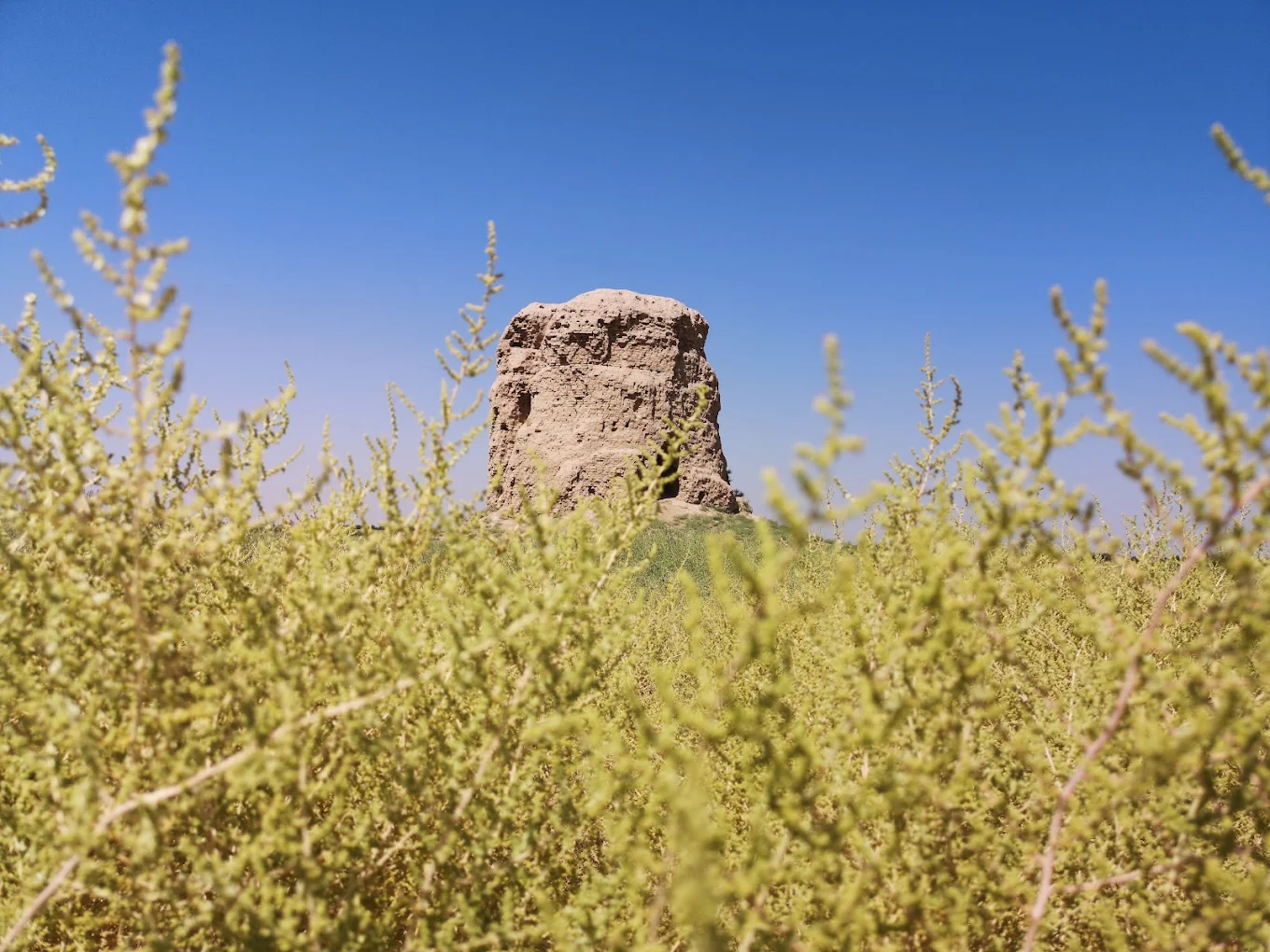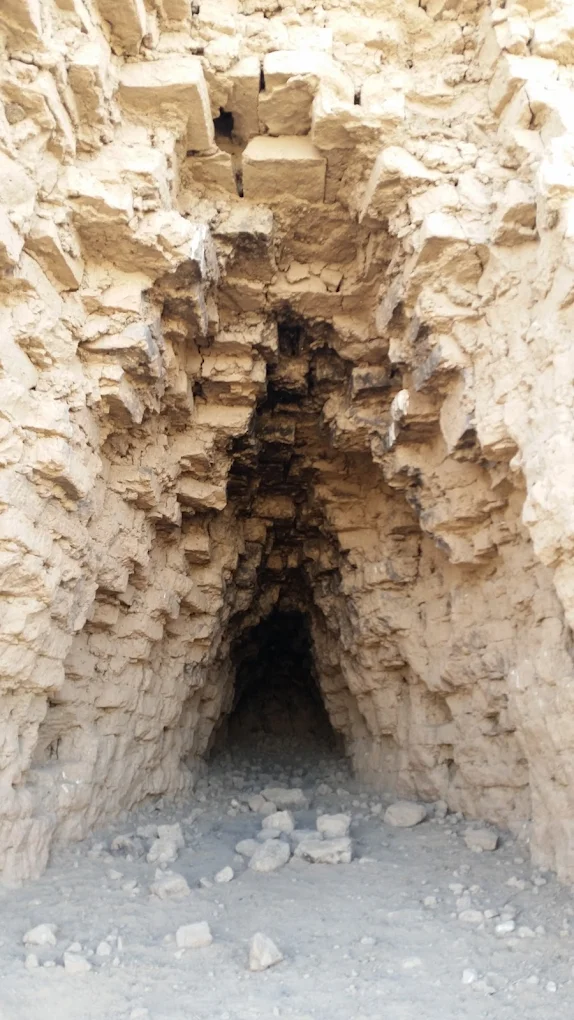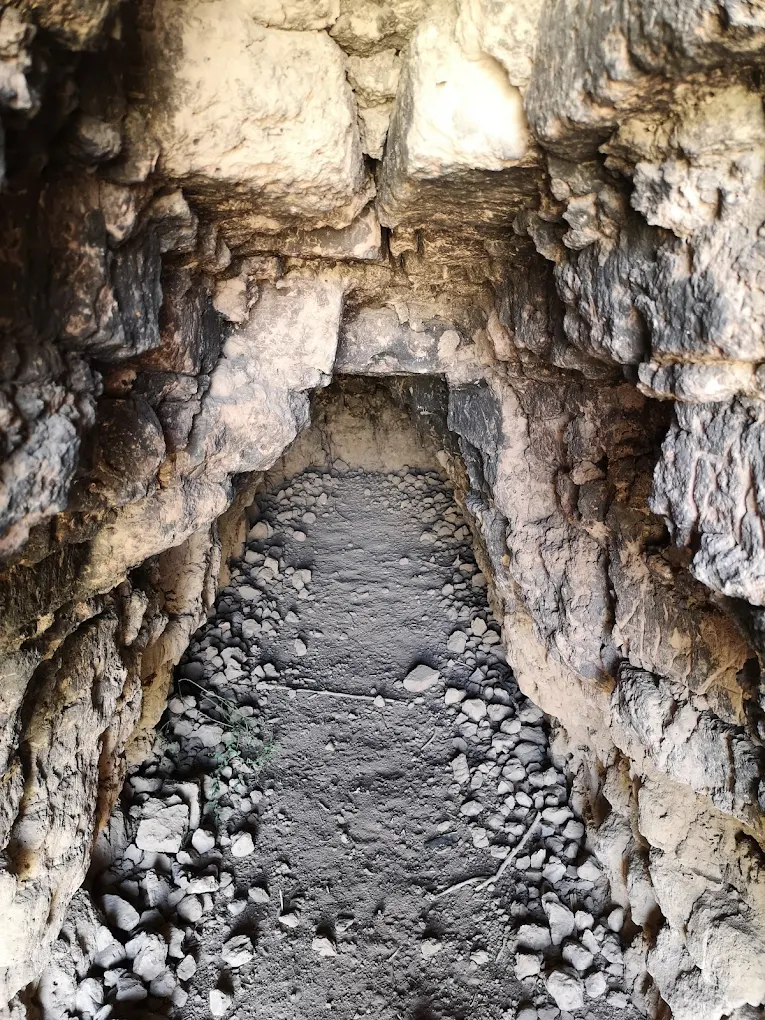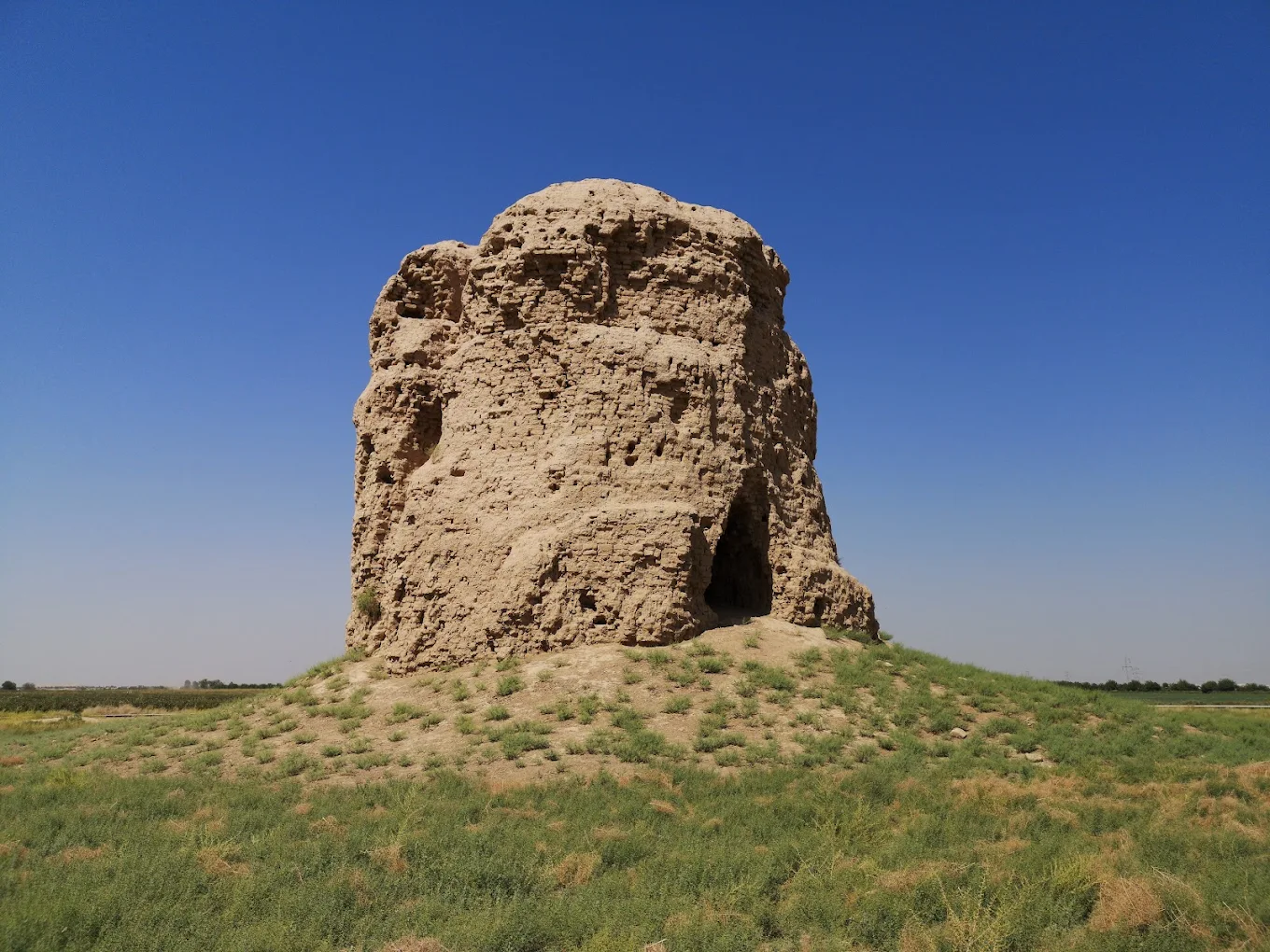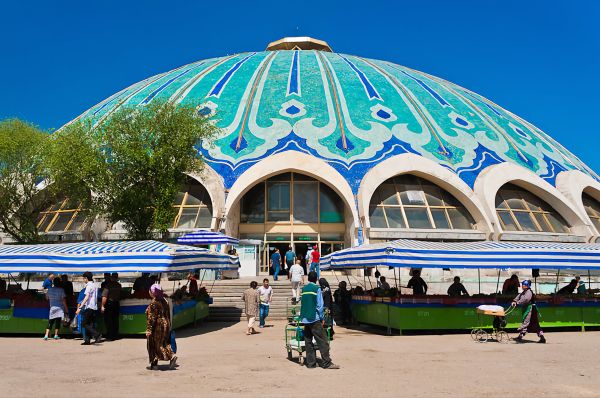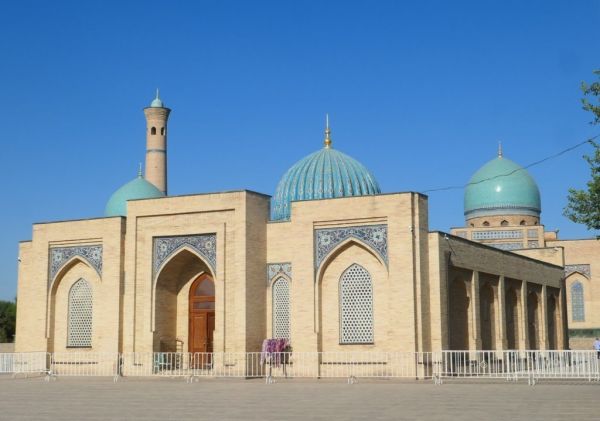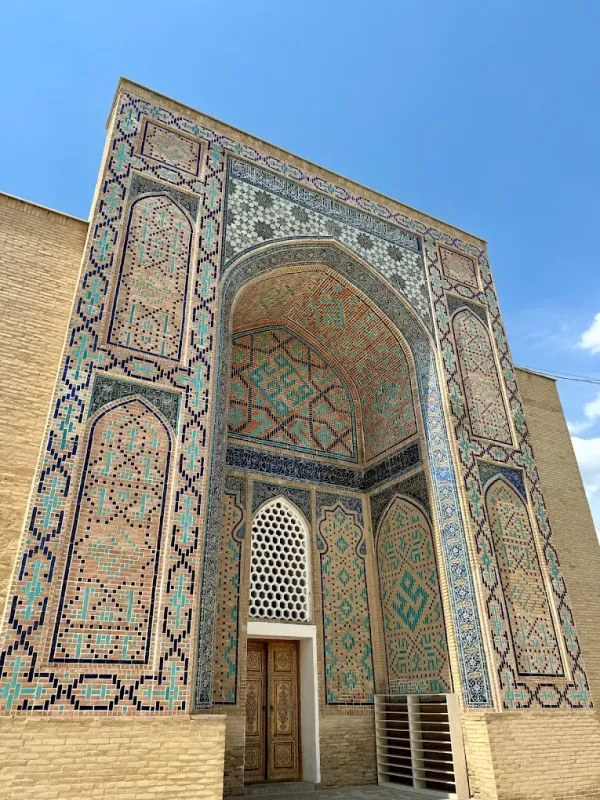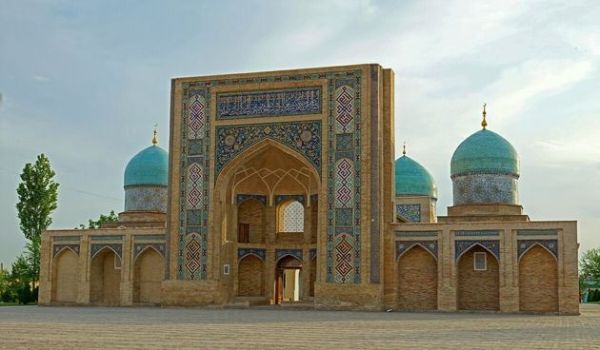Buddhist Stupa of Zurmala
Zurmala is a 12–meter Buddhist stupa in the northeast of the ruins of the Ancient settlement of Termez. It was built in the Kushan era, around the 1st-2nd centuries A.D., when Buddhism was widespread in the Central Asian region.
The Ancient settlement of Termez is 10 km away. west of the modern city. Traces of a whole complex of ancient Buddhist buildings that blocked agricultural fields in the Middle Ages have been found in its suburban area. Over time, the Buddhist stupa turned into an almost shapeless clay mound, in which one can hardly recognize a ritual Buddhist structure.
Nevertheless, thousands of years ago, the Zurmala stupa had an important cult significance for the inhabitants of the region. It, like other stupas found in Central and Southeast Asia, symbolized the death of the Buddha and his burial (translated from Sanskrit, "stupa" means "pile of stones, crown"). It is noteworthy that later the structure of Buddhist stupas with descending "umbrellas of honor" was transformed into a pagoda type of building in China, Korea, Japan and other southeastern countries.
Excavations at Zurmala have shown that it originally stood on a pedestal lined with white stone slabs and a bypass was arranged on top of it. The stupa itself was a cylindrical tower with a diameter of 14.5 m. It was built of mud bricks and topped with a domed roof with "umbrellas of honor" fixed on a rod. The total height of the building exceeded 16 m. In the upper part of the tower there was a reliquary – a chamber in which Buddhist sacred texts, statuettes or fragments of Buddha's relics could be stored. The exterior of the stupa was painted bright red.
Zurmala was the first Buddhist monument discovered in Central Asia in the early 20th century. Its belonging to Buddhist religious buildings was determined back in 1927 by A. Strelkov, a member of the scientific expedition of the Museum of Oriental Cultures. In total, about 40 Buddhist monuments have been discovered and explored in Central Asia, half of which are located on the territory of modern Uzbekistan.
